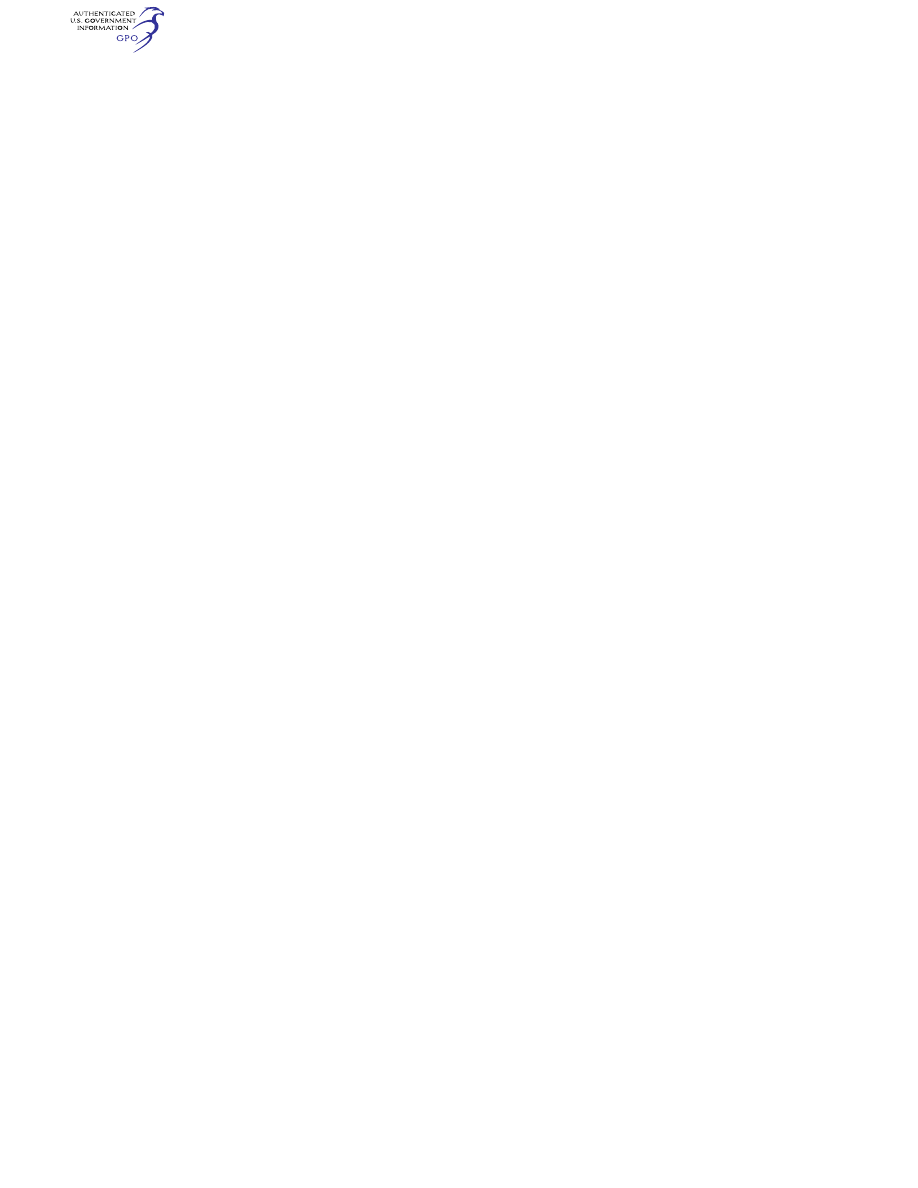
313
Federal Aviation Administration, DOT
§ 25.941
idle thrust. In addition, it must be
shown by analysis or test, or both,
that—
(i) Each operable reverser can be re-
stored to the forward thrust position;
and
(ii) The airplane is capable of contin-
ued safe flight and landing under any
possible position of the thrust reverser.
(2) Each system intended for inflight
use must be designed so that no unsafe
condition will result during normal op-
eration of the system, or from any fail-
ure (or reasonably likely combination
of failures) of the reversing system,
under any anticipated condition of op-
eration of the airplane including
ground operation. Failure of structural
elements need not be considered if the
probability of this kind of failure is ex-
tremely remote.
(3) Each system must have means to
prevent the engine from producing
more than idle thrust when the revers-
ing system malfunctions, except that it
may produce any greater forward
thrust that is shown to allow direc-
tional control to be maintained, with
aerodynamic means alone, under the
most critical reversing condition ex-
pected in operation.
(b) For propeller reversing systems—
(1) Each system intended for ground
operation only must be designed so
that no single failure (or reasonably
likely combination of failures) or mal-
function of the system will result in
unwanted reverse thrust under any ex-
pected operating condition. Failure of
structural elements need not be consid-
ered if this kind of failure is extremely
remote.
(2) Compliance with this section may
be shown by failure analysis or testing,
or both, for propeller systems that
allow propeller blades to move from
the flight low-pitch position to a posi-
tion that is substantially less than
that at the normal flight low-pitch po-
sition. The analysis may include or be
supported by the analysis made to
show compliance with the require-
ments of § 35.21 of this chapter for the
propeller and associated installation
components.
[Amdt. 25–72, 55 FR 29784, July 20, 1990]
§ 25.934
Turbojet engine thrust re-
verser system tests.
Thrust reversers installed on tur-
bojet engines must meet the require-
ments of § 33.97 of this chapter.
[Amdt. 25–23, 35 FR 5677, Apr. 8, 1970]
§ 25.937
Turbopropeller-drag limiting
systems.
Turbopropeller power airplane pro-
peller-drag limiting systems must be
designed so that no single failure or
malfunction of any of the systems dur-
ing normal or emergency operation re-
sults in propeller drag in excess of that
for which the airplane was designed
under § 25.367. Failure of structural ele-
ments of the drag limiting systems
need not be considered if the prob-
ability of this kind of failure is ex-
tremely remote.
§ 25.939
Turbine engine operating
characteristics.
(a) Turbine engine operating charac-
teristics must be investigated in flight
to determine that no adverse charac-
teristics (such as stall, surge, or flame-
out) are present, to a hazardous degree,
during normal and emergency oper-
ation within the range of operating
limitations of the airplane and of the
engine.
(b) [Reserved]
(c) The turbine engine air inlet sys-
tem may not, as a result of air flow dis-
tortion during normal operation, cause
vibration harmful to the engine.
[Amdt. 25–11, 32 FR 6912, May 5, 1967, as
amended by Amdt. 25–40, 42 FR 15043, Mar. 17,
1977]
§ 25.941
Inlet, engine, and exhaust
compatibility.
For airplanes using variable inlet or
exhaust system geometry, or both—
(a) The system comprised of the
inlet, engine (including thrust aug-
mentation systems, if incorporated),
and exhaust must be shown to function
properly under all operating conditions
for which approval is sought, including
all engine rotating speeds and power
settings, and engine inlet and exhaust
configurations;
(b) The dynamic effects of the oper-
ation of these (including consideration
VerDate Sep<11>2014
09:06 Jun 28, 2024
Jkt 262046
PO 00000
Frm 00323
Fmt 8010
Sfmt 8010
Y:\SGML\262046.XXX
262046
jspears on DSK121TN23PROD with CFR